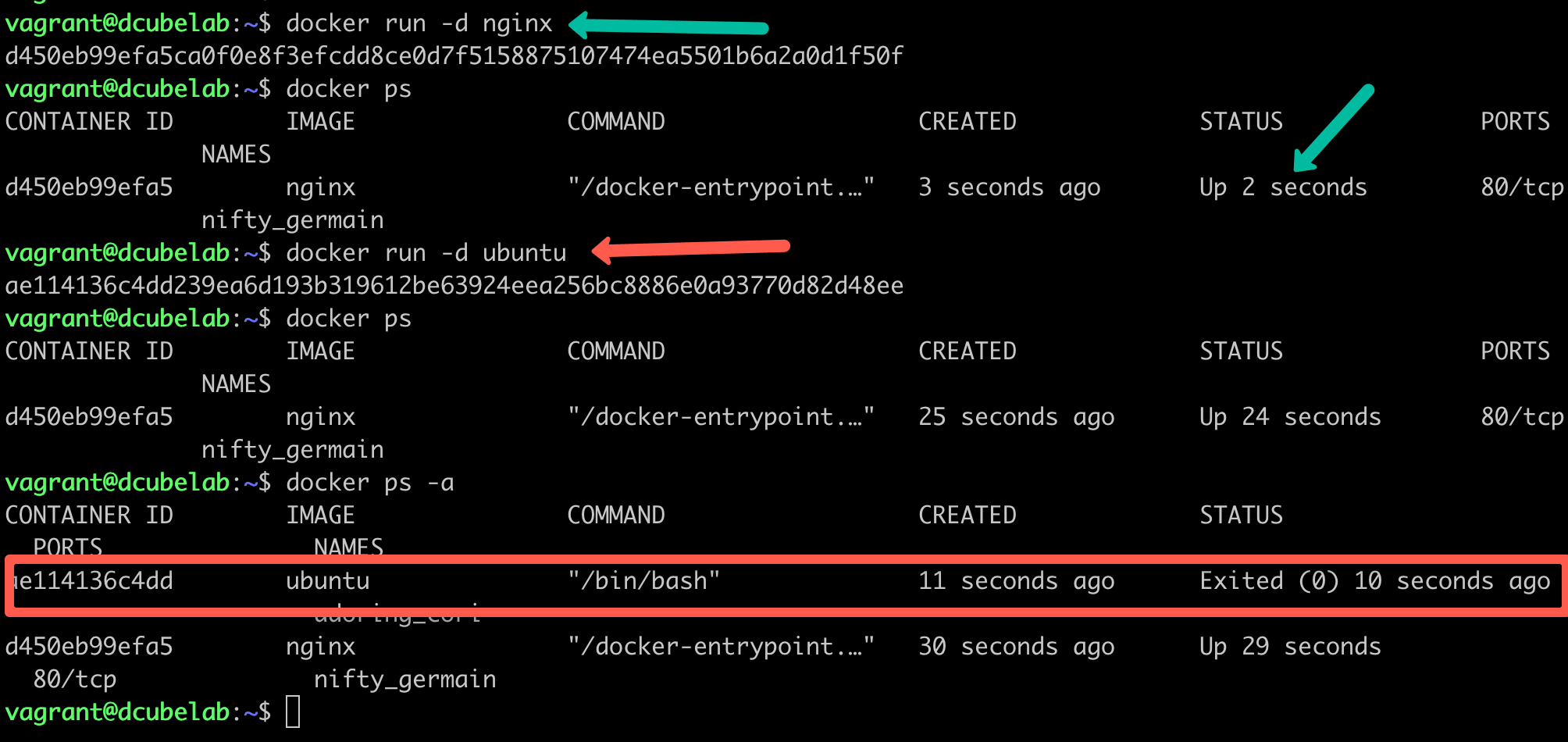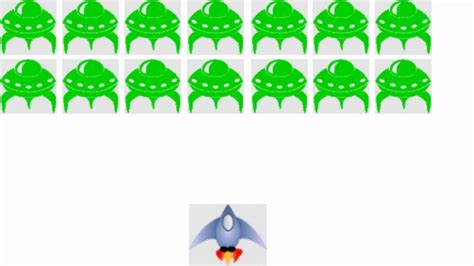4 Tips to Keep Docker Running

Ensuring Continuous Operation: Strategies for Maintaining a Docker-Powered Environment

In today's dynamic computing landscape, Docker has emerged as a powerhouse technology, revolutionizing the way applications are developed, deployed, and managed. Its versatility and efficiency have made it an indispensable tool for modern software development and cloud-native architectures. However, as with any complex system, maintaining a Docker environment requires careful planning and strategic approaches to ensure uninterrupted operations.
This comprehensive guide aims to provide actionable insights and best practices for keeping your Docker ecosystem running smoothly. By following these tips, you'll be equipped to tackle common challenges, optimize performance, and establish a robust and reliable Docker infrastructure.
Tip 1: Regular Health Checks and Monitoring

Just like any living organism, Docker containers and the infrastructure they rely on need regular check-ups to ensure their health and longevity. Implementing a robust monitoring strategy is essential to identify and address potential issues before they escalate.
Key Strategies:
-
Automated Health Checks: Configure automated health checks for your Docker containers. Tools like Docker Healthcheck allow you to define custom health checks, ensuring containers are responsive and functioning as expected. This proactive approach helps detect and rectify issues early, preventing potential downtime.
-
Performance Monitoring: Utilize monitoring tools such as Prometheus or Datadog to track key performance indicators like CPU usage, memory consumption, and network throughput. These insights help identify bottlenecks, optimize resource allocation, and ensure your Docker environment is running efficiently.
-
Log Analysis: Implement log aggregation and analysis tools like ELK Stack or Graylog to capture and analyze logs from your Docker containers. This enables you to troubleshoot issues, detect patterns, and make data-driven decisions to improve the overall health of your Docker infrastructure.
Tip 2: Robust Backup and Disaster Recovery Strategies
No matter how robust your Docker environment is, unforeseen events like hardware failures, cybersecurity breaches, or natural disasters can occur. Implementing a comprehensive backup and disaster recovery strategy is crucial to ensure business continuity and minimize downtime.
Essential Components:
-
Image and Data Backups: Regularly back up your Docker images and associated data. Tools like Docker Registry and cloud-based storage solutions offer efficient ways to store and retrieve Docker images, ensuring you can quickly restore your environment in case of loss or corruption.
-
Container Snapshotting: Consider using container snapshotting techniques to create point-in-time backups of your running containers. Tools like Docker Volume Snapshotter allow you to create consistent backups without disrupting ongoing operations, providing a quick recovery option in case of emergencies.
-
Disaster Recovery Plan: Develop a well-defined disaster recovery plan outlining step-by-step procedures for restoring your Docker environment. This plan should cover various scenarios, from minor data loss to complete site failures, ensuring a swift and efficient recovery process.
Tip 3: Smart Resource Management
Efficient resource management is critical to maintaining a healthy Docker environment. Over-allocation of resources can lead to performance bottlenecks, while under-allocation may result in underutilized infrastructure, impacting cost efficiency.
Best Practices:
-
Container Resource Limits: Set resource limits for your Docker containers to ensure they don't consume more than their fair share of resources. This prevents a single container from monopolizing system resources, maintaining a balanced and efficient environment.
-
Dynamic Resource Scaling: Implement dynamic resource scaling mechanisms to automatically adjust resource allocation based on demand. Tools like Kubernetes or Docker Swarm offer sophisticated resource management capabilities, ensuring your Docker infrastructure scales efficiently as workload demands fluctuate.
-
Container Resource Optimization: Regularly review and optimize your containerized applications to reduce resource requirements. This may involve refactoring code, optimizing database queries, or utilizing more efficient algorithms, leading to improved resource utilization and reduced operational costs.
Tip 4: Continuous Security Enhancements

As Docker containers become an integral part of modern application deployment, they also become attractive targets for cybercriminals. Implementing robust security measures is crucial to protect your Docker infrastructure and the applications it hosts.
Security Strategies:
-
Image Security Scanning: Regularly scan your Docker images for vulnerabilities and malware. Tools like Docker Bench for Security and Twistlock provide comprehensive security assessments, helping you identify and address potential vulnerabilities before they're exploited.
-
Network Segmentation: Employ network segmentation techniques to isolate Docker containers and limit potential attack surfaces. By creating logical network boundaries, you can restrict lateral movement and contain potential threats, protecting your entire infrastructure.
-
Access Control and Authentication: Implement strict access control policies and authentication mechanisms for your Docker infrastructure. Tools like Docker Swarm Mode and Kubernetes RBAC offer robust access control capabilities, ensuring only authorized users can interact with your Docker resources.
Conclusion: A Proactive Approach to Docker Maintenance
Maintaining a Docker environment requires a holistic approach, combining proactive monitoring, robust backup strategies, efficient resource management, and continuous security enhancements. By following these tips and adopting a proactive mindset, you can ensure your Docker infrastructure remains healthy, secure, and reliable, delivering optimal performance and a seamless user experience.
Remember, a well-maintained Docker ecosystem is the foundation for successful application deployment and management. Stay vigilant, stay proactive, and keep your Docker environment running like a well-oiled machine.
FAQs
How often should I perform Docker health checks and monitoring?
+The frequency of Docker health checks and monitoring depends on the criticality and complexity of your Docker environment. As a general guideline, aim for at least daily checks for critical systems, and weekly checks for less critical components. However, the optimal frequency may vary based on your specific use case and requirements.
What are some best practices for Docker image and data backups?
+For Docker image backups, consider using tools like Docker Registry or Docker Hub, which offer automated image backup and replication capabilities. For data backups, integrate your Docker containers with cloud-based storage solutions like AWS S3 or Google Cloud Storage to ensure regular and secure data backups.
How can I optimize resource allocation for Docker containers?
+To optimize resource allocation, start by setting resource limits for your Docker containers using tools like Docker Compose or Kubernetes. Additionally, consider employing container resource optimization techniques such as container resource profiling and dynamic scaling to ensure efficient resource utilization.
What are some common security threats to Docker containers, and how can I mitigate them?
+Common security threats to Docker containers include image vulnerabilities, network-based attacks, and unauthorized access. To mitigate these threats, regularly scan your Docker images for vulnerabilities, employ network segmentation and firewalls to limit attack surfaces, and implement robust access control and authentication mechanisms to protect against unauthorized access.



